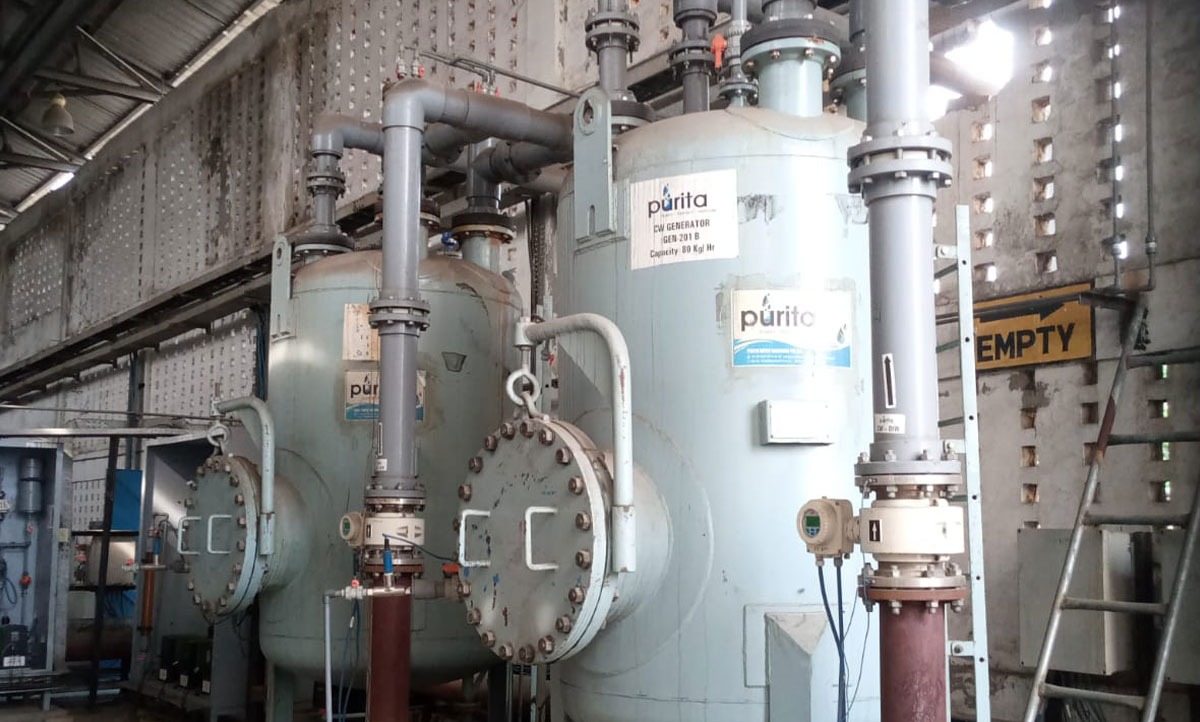
Industries That Benefit from Chlorine Dioxide Systems
Chlorine dioxide (ClO₂) is a versatile disinfectant and oxidizing agent used across many industries for its effectiveness in controlling microbial contamination, biofilm formation, and odor. Here’s a list of industries that benefit from chlorine dioxide systems:
- Drinking Water Treatment
- Industrial Water Treatment
- Control Legionella and other harmful bacteria in cooling towers.
- Prevent the formation of biofilms and scaling in heat exchangers and pipes.
- Improve water quality in industrial processes, including pulp and paper manufacturing, petrochemical plants, and textile industries.
- Food and Beverage Processing
- Surface Sanitization: Chlorine dioxide disinfects equipment, conveyors, and surfaces in food processing plants, ensuring safe handling of food products.
- Water Treatment: Chlorine dioxide is used in water systems to prevent microbial contamination in water used for cleaning, cooling, and processing.
- Fruit and Vegetable Washing: Chlorine dioxide is often used to wash produce, as it is effective in reducing microbial load without leaving harmful residues.
- Healthcare and Medical Facilities
- Surface Disinfection:For cleaning and sanitizing patient rooms, operating theaters, and medical equipment.
- Air Sterilization: Chlorine dioxide can be used to purify air and reduce the spread of airborne pathogens in healthcare settings.
- Water Systems: Preventing microbial growth in hospital water systems, including those supplying dialysis units, sinks, and HVAC systems.
- Municipal Wastewater Treatment
- Odor Control: Chlorine dioxide neutralizes sulfur compounds, reducing the smell of sewage and wastewater.
- Disinfection:Chlorine dioxide disinfects wastewater before it is released into natural water bodies, ensuring compliance with environmental regulations.
- Sludge Treatment: It helps in reducing pathogenic bacteria in sludge before it is disposed of or processed further.
- Pulp and Paper Industry
- Oil and Gas Industry
- Aquaculture
Chlorine dioxide is commonly used in the treatment of drinking water to eliminate harmful microorganisms such as bacteria, viruses, and protozoa. It’s especially effective in controlling biofilms and maintaining water quality without creating harmful disinfection byproducts like trihalomethanes (THMs) or chloramines.
In industrial settings, water is often used in cooling towers, boilers, and closed-loop systems where biofouling, scale formation, and microbial growth can disrupt operations. Chlorine dioxide is used to:
The food and beverage industry requires stringent sanitation and disinfection standards to ensure product safety and prevent contamination. Chlorine dioxide is used for:
Healthcare facilities such as hospitals, clinics, and laboratories require rigorous infection control to maintain sterile environments and prevent healthcare-associated infections (HAIs). Chlorine dioxide is used in:
Chlorine dioxide is employed in municipal wastewater treatment plants to reduce microbial contamination and control odors. It is particularly effective in:
Chlorine dioxide is used in the pulp and paper industry to bleach wood pulp, improve paper quality, and reduce microbial contamination in paper mills. It is also effective in controlling microbial growth in process water and cooling systems.
In the oil and gas sector, chlorine dioxide is used in water treatment to prevent biofouling, corrosion, and microbial contamination in equipment such as pipelines, tanks, and drilling equipment. Chlorine dioxide helps improve the efficiency of water-based operations, including enhanced oil recovery and hydraulic fracturing.
In aquaculture, chlorine dioxide is used to maintain water quality in fish farming. It prevents microbial contamination and reduces harmful pathogens that can affect fish health and productivity.

